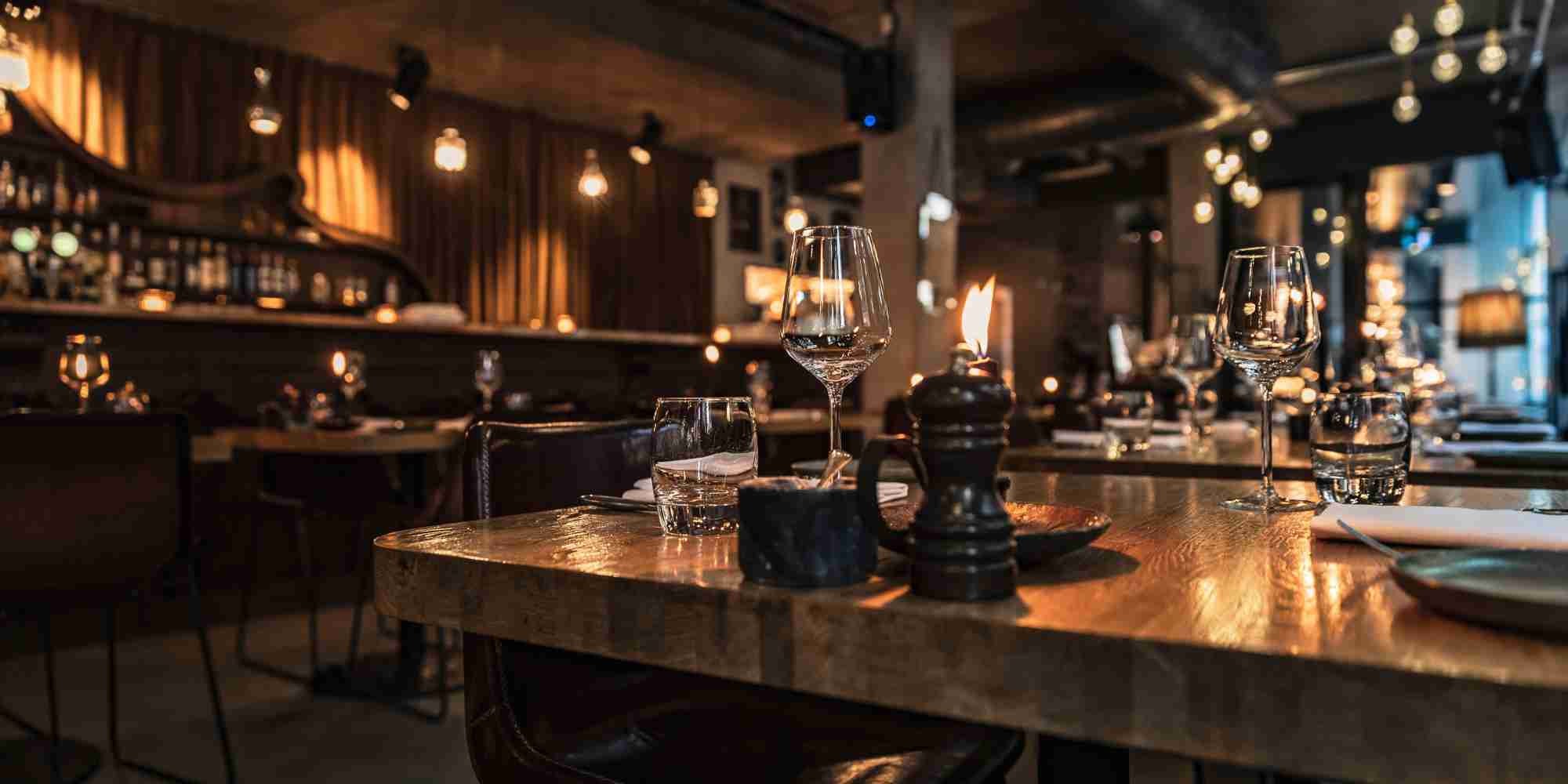The restaurant industry, a dynamic and ever-evolving sector, is a significant part of the global economy. It encompasses various dining formats, from quick service to fine dining, each offering unique experiences and challenges. The industry is not just about food and service; it’s a complex mesh of business strategies, technology integration, and customer satisfaction, all adhering to stringent food safety practices.


Comprehensive Restaurant Operations Checklist
Download the Comprehensive Restaurant Operations Checklist Now and streamline daily tasks for Quality and Efficiency in your Restaurant
Types of Restaurants


-
- Quick Service Restaurants (QSRs): Known for fast food offerings, QSRs are designed for convenience and speed. They cater to customers seeking quick and affordable meals.
-
- Casual Dining: Offering a relaxed atmosphere, casual dining restaurants serve moderately-priced food in a more comfortable setting compared to QSRs.
-
- Fine Dining: These establishments provide the highest quality of food and service, with an emphasis on experience and luxury.
-
- Fast Casual: A blend of quick service and casual dining, these restaurants offer higher quality food in a fast-food-like environment.
-
- Food Trucks and Pop-Ups: Gaining popularity for their uniqueness and convenience, these mobile eateries offer a diverse range of cuisines.
Must Read: Top 20 Restaurant Industry Statistics for 2024
Trends and Future Prospects of the Restaurant Industry


Technology Integration
-
- Digital Ordering Systems: Online ordering, mobile apps, and self-service kiosks are transforming how customers interact with restaurants.
-
- AI and Robotics: From AI-driven customer service to robotic kitchen assistants, technology is streamlining operations. Contactless ordering, cloud kitchens, food waste management, delivery robots, food safety, AI-powered customer interactions, and robotic chefs are some of the trends anticipated to be prevalent in 2024.
-
- Sustainability Practices: Eco-friendly practices are becoming essential, from sourcing ingredients to waste management.
Must Read: Top 7 Innovations and Trends in the Quick Serve Restaurant Industry
Food Safety Practices
-
- Implementing rigorous food safety protocols is vital. This includes regular staff training, proper food handling, and maintaining hygiene standards.
-
- Emerging technologies in food safety are enhancing the ability to track and manage food safety practices effectively.
The Future Landscape
-
- Virtual Restaurants: A rising trend where restaurants operate without a physical dining space, focusing solely on delivery.
-
- Health-Conscious Menus: With increasing health awareness, restaurants are incorporating healthier, organic, and plant-based options.
-
- Global Cuisine: With globalization, there’s a growing appetite for diverse, ethnic cuisines.
Must Read: Top 10 Restaurant Industry Trends for 2024
Managing Challenges in the Restaurant Industry


Navigating the restaurant industry’s landscape requires adept management of several ongoing challenges, key among them being economic fluctuations, shifting consumer preferences, and stringent regulatory requirements.
Must Read: How to tackle Labor Shortage in the restaurant industry?
Economic ups and downs can significantly impact consumer spending habits, thereby affecting restaurant revenues. In such a scenario, restaurants must remain financially agile, adjusting their operations to maintain profitability during economic downturns and capitalize on opportunities during boom periods.
Additionally, consumer preferences are constantly evolving, driven by trends, health consciousness, and cultural influences. Restaurants must stay attuned to these changes, innovating their menus and service models to meet new customer demands.
Moreover, the industry is governed by a complex web of regulations that cover food safety, labor laws, and environmental standards. Compliance with these regulations is not just a legal imperative but also a critical factor in building and maintaining a restaurant’s reputation.
Customers increasingly expect high standards of food safety and ethical practices, making the effective management of these aspects a cornerstone for customer trust and business success. Failure to adhere to these standards can lead to severe consequences, including legal action and loss of customer loyalty. Therefore, balancing these challenges while striving for innovation and excellence is crucial for the sustained success and growth of any restaurant in this dynamic industry.
Conclusion
The restaurant industry, a vibrant and essential sector, is at a fascinating crossroads. Balancing traditional culinary art with modern technology, it’s adapting to new consumer demands while maintaining essential food safety standards. As we look to the future, the industry is poised for further innovation and growth, making it an exciting time for both restaurateurs and customers alike.










Leave a Reply